I wrote this article in Japanese and translated it into English using ChatGPT. I also used ChatGPT to create the English article title. I did my best to correct any translation mistakes, but please let me know if you find any errors. By the way, I did not use ChatGPT when writing the Japanese article. The entire article was written from scratch by me, Saikawa Goto.
Introduction
Movies and books covered in this article
Three takeaways from this article
- In the West, giant squid has a very strong presence as “the Holy Grail.
- In Japan, it was difficult to even get a project approved, and the situation was critical several times during the past 10 years.
- The storm of acclaim from the world for the success of the filming. And the way the research results were captured.
Self-introduction article


Published Kindle books(Free on Kindle Unlimited)
“The genius Einstein: An easy-to-understand book about interesting science advances that is not too simple based on his life and discoveries: Theory of Relativity, Cosmology and Quantum Theory”
“Why is “lack of imagination” called “communication skills”?: Japanese-specific”negative” communication”
The quotes in the article were translated using ChatGPT from Japanese books, and are not direct quotes from the foreign language original books, even if they exist.
A Long Struggle Over 10 Years to Follow the NHK’s Great Achievement of Capturing a Live Giant Squid on Film for the First Time in the World
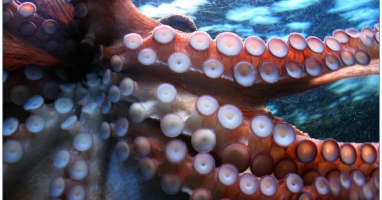
This is the moment when humanity first came face to face with a live giant squid in the deep sea. The giant squid appeared for only 23 minutes, and this story is about the people who dedicated 10 years of their lives and passion to capture those 23 minutes that no one else had achieved.

On July 10th, 2012, an NHK reporting team achieved a world-first feat. They successfully captured live footage of a giant squid, a monster that has long been feared by sailors and is said to inhabit the deep sea and is also considered the model for the legendary Kraken. This achievement became a major topic in Japan, and NHK’s documentary program that captured the giant squid’s image also recorded high ratings. However, this feat was particularly popular in Europe and the United States.
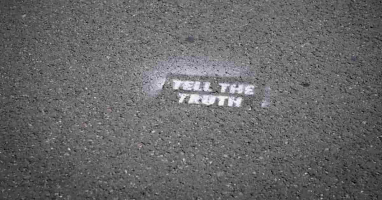
Certainly, for Japanese people, “giant squid” may not seem like a big deal. However, it seems to be like “the Holy Grail” for Westerners.
The Western Perception of “Giant Squid” as “the Holy Grail”
I think there is a goal that everyone should aspire to in any academic field, which is called “the Holy Grail.” In modern mathematics, it is probably the “Riemann hypothesis.” In physics, research such as the “unified theory” or “before the Big Bang” would correspond to that.


And for Westerners, giant squid is received as such a “Holy Grail”.
For them, giant squid is like Legend of the Holy Grail, a special existence that stirs up a great longing and awe as a legendary creature that is expected to exist in reality. Iwasaki realized this.
This might be a feeling that is not familiar to Japanese people. To put it in a way that is easy for Japanese people to imagine, it can be said to be like “Tokugawa Buried Gold” (treasure said to have been hidden by the Japanese General Tokugawa family). Giant squid sightings have been reported, and carcasses have been discovered. However, no one has ever seen it “alive.” The situation where its existence is not certain but might exist is what drives the interest of Westerners.

NHK’s coverage team strongly realized this when they released still images of the giant squid in 2004.
“Japan’s Kubodera has finally accomplished it!” Numerous words praising Kubodera appeared. Newspapers and TV stations from Europe and the United States were calling the National Museum of Nature and Science, Tokyo to try and get an interview with Kubodera. Reporters from various countries, such as France, the United Kingdom, Germany, and America, rushed in.
At first, it was newspapers and TV, then magazines, and gradually, over the course of a little more than a month, they had to respond to media interviews while shifting the timing little by little.
Koyama and Kouno couldn’t hide their surprise at the commotion. “Can a still image cause such a fuss?”

It can be said that it was quite an amazing reaction. This was just a still image. You can see how much interest there is from Westerners. For many years, Westerners who have expanded their territory through navigation would have passed on its existence as a “sea monster.”
In this book, it is written that the “giant squid” is the equivalent of “dragon” for Westerners. However, we know that “dragons” do not exist, so it may not be a very appropriate example. Thinking that the scale becomes a little smaller with “tsuchinoko” (a well-known snake-like unidentified creature in Japan), I gave the example of “Tokugawa Buried Gold” earlier. In the sense that “existence is not completely denied,” you may also think of so-called “UMA” such as “Nessie,” “Yeti,” and “Chupacabra.”
In any case, for Westerners, “giant squid” is the Holy Grail that drives magnificent romance, and that is why NHK’s great achievement was highlighted in foreign countries more than in Japan.

The Incredible Intensity and Severity of the 10-Year-Long Investigative Journalism Led by NHK
Before reading this book, when I saw the news that “NHK filmed the giant squid for the first time in the world,” I had this image of the “giant squid capture project.” First, a research institution or museum in some country in the world decides to embark on a large-scale survey of the giant squid. NHK hears about this information and negotiates, “Can we cover the survey?” and then the coverage begins. That’s what I had believed.
In other words, I had thought that the leadership of the project was in the hands of the research institution or museum.

However, by reading this book, I learned that my understanding was incorrect. The project was actually led by NHK itself.
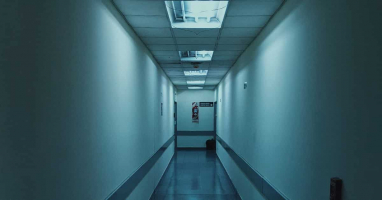
However, as you can imagine, this project did not easily get the green light from NHK.
From the perspective of those who decide which projects to adopt, the subject of “giant squid” was full of risks. Despite the fact that television stations in Europe and America were all aiming for it, they had not been able to film it. In other words, the possibility of being able to film it was almost zero, and it was expected that the effort required to do so would be considerable.
It is literally an elusive phantom squid. This point was known to everyone who had been making natural programs for many years.
What was even more fatal was the low recognition of giant squid in Japan. While it was a legendary monster that could stir up romance for anyone in Europe and America, in Japan, its charm did not come across, and there was no atmosphere of taking risks to film it.
That’s true. I think the project for “Tokugawa Buried Gold” would be much easier to pass considering its recognition and interest. The possibility of filming a giant squid is almost negligible, and even if it were filmed, the level of interest domestically would not be that high. It is natural for NHK to hesitate to give the green light.
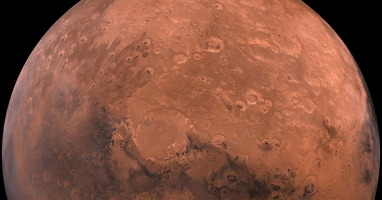
Therefore, Producer Iwasaki changed his approach. If the plan was not accepted in Japan, he decided to launch it as a project involving broadcasting stations around the world. Finally, the plan started to move forward as a joint production with Discovery.
However, the project that had just begun also encountered many obstacles. The biggest factors were time and money.

In fact, as of September 2009, Iwasaki had been approached by the upper management with a proposal to create a the point to turn back. If giant squid could not be filmed at all between 2009 and 2010, the entire project would be scrapped. The most costly part was undoubtedly the submarine. If they could turn back before that, it would be a blow but they could avoid a fatal blow.
In the end, they succeeded in filming the giant squid 10 years after the project started, but there was still a high possibility that they would not be able to film it even after 10 years. It was such a difficult mission. The upper management would not have helped but think about “Where do we give up?”

Those involved in the project were always feeling anxious.
Over time, Koyama and Kouno were pushed harder and harder. If they couldn’t shoot the film during the three-year project, their position at NHK might become uncertain. Behind them, a world darker than the deep sea was waiting with an open mouth. It was a tough job full of anxiety and pressure. That’s what “the Squid Cannery Ship” is about (*This expression is inspired by the masterpiece of Japanese writer Kobayashi Takiji, “The Crab Cannery Ship,” and means “harsh working conditions”.)
To repeat, they are spending vast amounts of effort, time, and money just to capture the giant squid on film. That’s why the pressure to succeed is enormous, because they don’t want to come up empty-handed.
In addition to the pressure of failure, there is also the pain of having to endure difficult conditions. Program director Koyama endures seasickness while filming the deep sea, and then must check the recorded tape once back on land. However, the footage is just a black screen that induces drowsiness. This verification process is also excruciatingly painful.

Moreover, during the confirmation process, Koyama always set up a camera behind himself. This was to capture his own reaction just in case the giant squid appears on the tape. He continued to do this throughout the period when they were unable to film the giant squid. It can be said that a considerable amount of mental strength was required.

Meanwhile, Iwasaki, who had been promoted to department head, made the following decision.
And in the spring of 2010, Iwasaki made a decision. He was concerned about the project’s lack of progress and decided to resign from his position as department head and return to the field as a producer.
It can be said that he, too, was a person who was caught up in this project and had bet his life on it. Many people’s various decisions related to the project were behind the great achievement of successfully filming the giant squid.

Furthermore, the Great East Japan Earthquake brought a cloud over this project.
After the unprecedented disaster, will we continue the program? Can we really do it? The aftermath of the earthquake and nuclear accident will not subside. The top priority is urgent news coverage. The scheduled program lineup was drastically changed, and those with low urgency were postponed or suspended.
It would be a natural judgment. It’s only natural to feel like, “Is it okay to be paying attention to something like ‘giant squid’ in this situation?”

It’s fortunate that they were able to capture the footage in this way, but the 10 years leading up to it were a series of hardships that I feel were so tough to endure. The book depicts the harsh journey to get there.
Various knowledge, discoveries, decisions, and technological innovations were essential to the filming of the giant squid. They identified the season when giant squid gather with the help of fishermen, imagined the view of the squid and filmed it with red light, developed a camera that could be used even in low light environments, and made the decision to set up another camera despite opposition from the filming crew. These elements intricately intertwined and produced the “miracle of 23 minutes.” Although miracles don’t necessarily happen just because we make an effort, it was a story that made us realize that if we don’t continue to make an effort, miracles won’t happen.

Joy of Finally Reaching the Moment of Miracle and the Reactions Thereafter
After overcoming many difficulties, Iwasaki, Koyama, and Kouno, who have been involved in this project from the beginning, have finally achieved the Holy Grail, the giant squid. They look back on those days like this:
Iwasaki, Koyama, and Kouno all say in unison. The reason they were able to accomplish the feat of filming the world’s first giant squid was…because it was a miracle. It was a miracle made possible by not giving up and continuing to challenge themselves with the support of their colleagues.
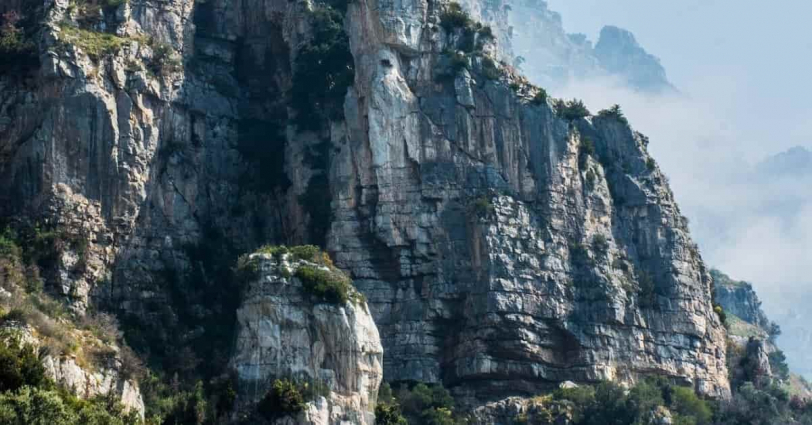
Those who participated in this project were ordinary people who had just a little dream and passion. Scientists who have diligently researched, cameramen who have tirelessly challenged filming, program directors who have not been afraid of hardship, producers who have chosen to return to the front lines to take command… Success was not promised at all. Everyone knew they would feel lonely and suffer every day, but no one gave up the challenge.

I really feel that their efforts have been rewarded, and it’s great.
Afterwards, the footage of the giant squid was broadcasted on NHK SPECIAL.
Someone on TV asked, “What’s the point of filming a giant squid for the first time in the world?” It may be true, but the 10-year story – a story of holding onto an unchanging dream, overcoming adversity, and sometimes becoming ridiculously passionate – will surely teach us that there is meaning in it.
Especially when it comes to scientific research, there are often such skeptical views. What use is the research result obtained by pouring a lot of money into it?

Certainly, there may not be a direct meaning. However, I feel that “once we lose our intellectual curiosity, it’s over, because we’re human.” While there may be various indicators that distinguish humans from other living beings, the fact that the desire to know has lifted humanity to its current existence is undeniable.
The story of filming the giant squid is a miraculous tale of those who took the desire to know straight and relentlessly pursued that possibility. And those who hold the desire to “know” inspired by that trajectory may make discoveries or inventions that will transform the world. In that way, I believe that the history of humanity has continued uninterrupted.
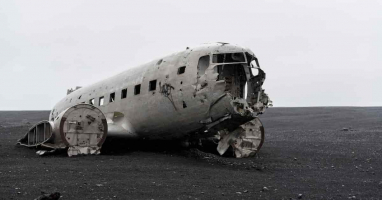
So I want to assert this: the question “What’s the point of being the first to film a giant squid?” is a foolish question.
Conclusion
I remember reading somewhere that “the deep sea,” “space,” and “the brain” are three unknown areas that humanity has yet to fully explore. Furthermore, while more than 500 people have been to space, only 23 have ever reached the deepest part of the Mariana Trench on Earth. In a sense, it can be said that the deep sea is farther away than space.

It’s no small feat to capture giant squid living in such deep waters. This achievement may help us appreciate their greatness even more.

Published Kindle books(Free on Kindle Unlimited)
“The genius Einstein: An easy-to-understand book about interesting science advances that is not too simple based on his life and discoveries: Theory of Relativity, Cosmology and Quantum Theory”
“Why is “lack of imagination” called “communication skills”?: Japanese-specific”negative” communication”

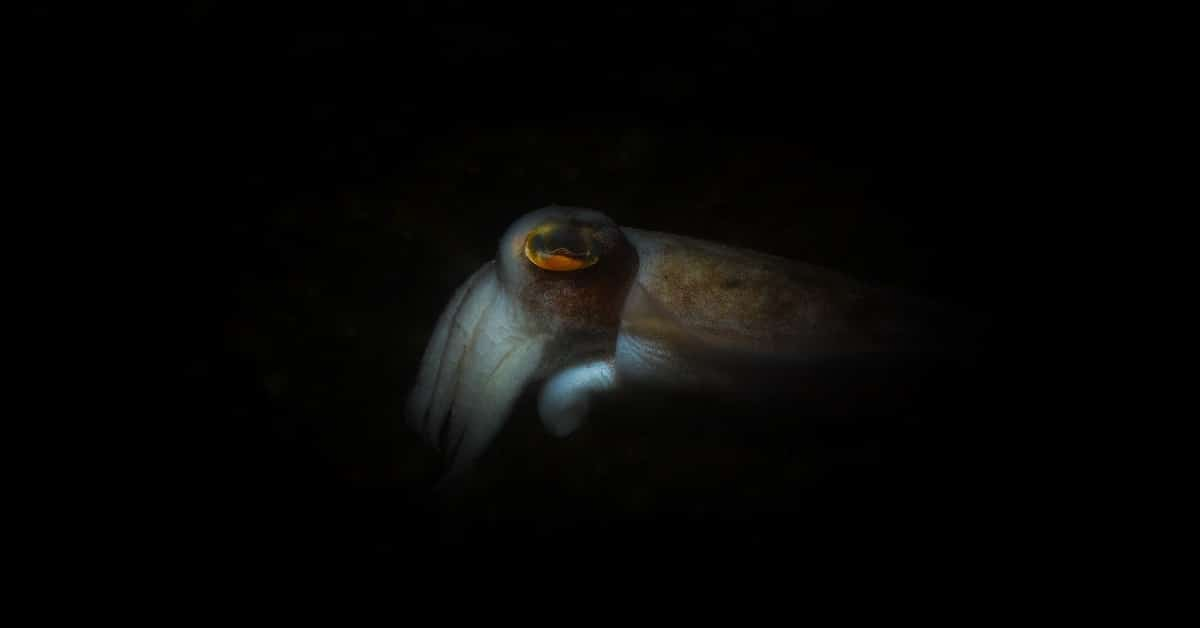






コメント